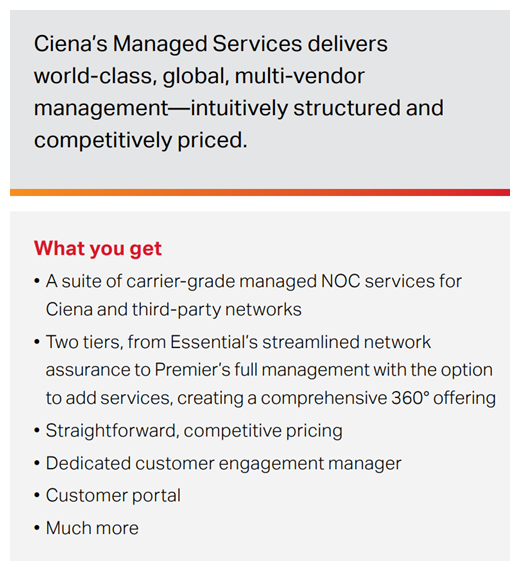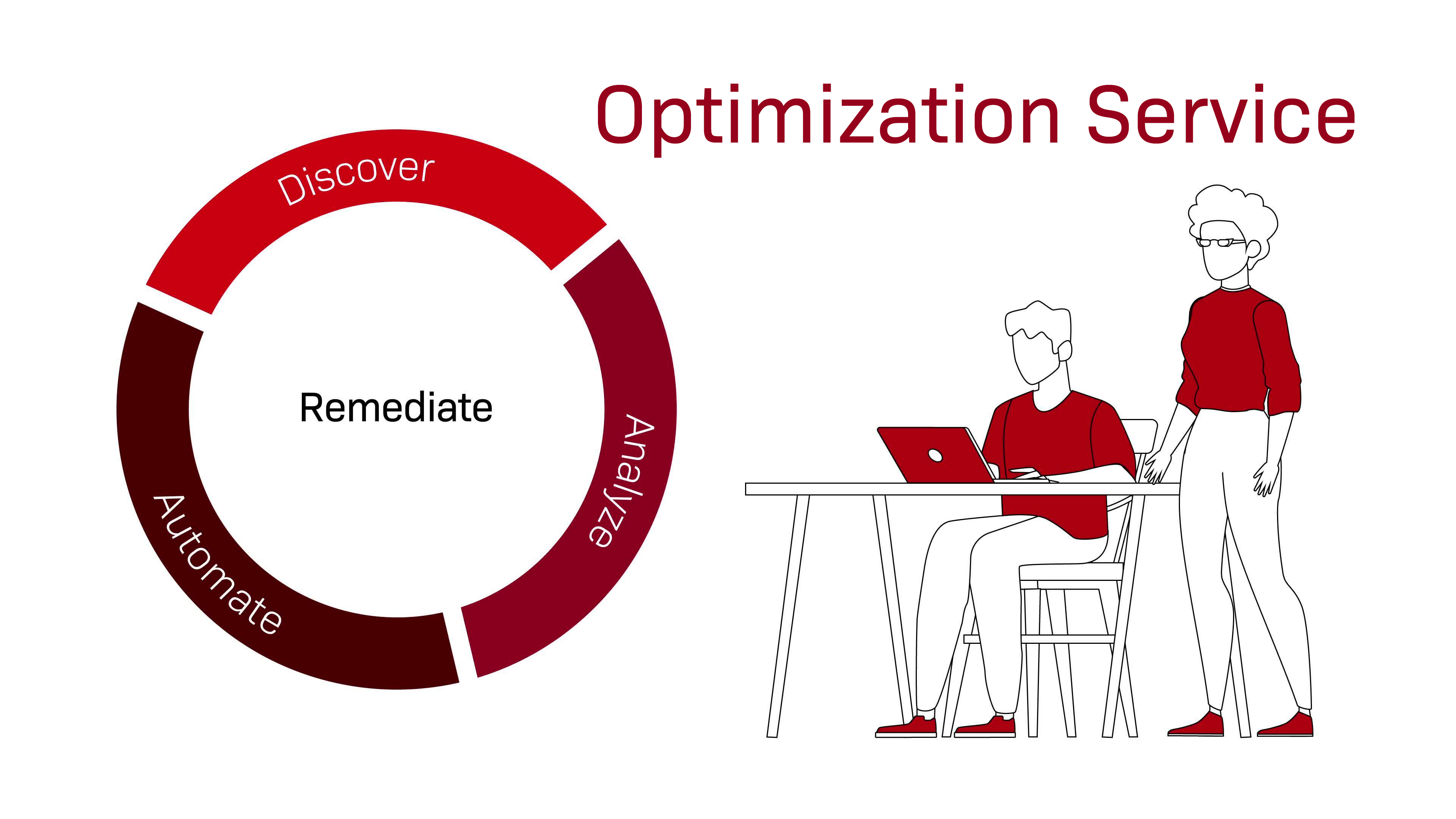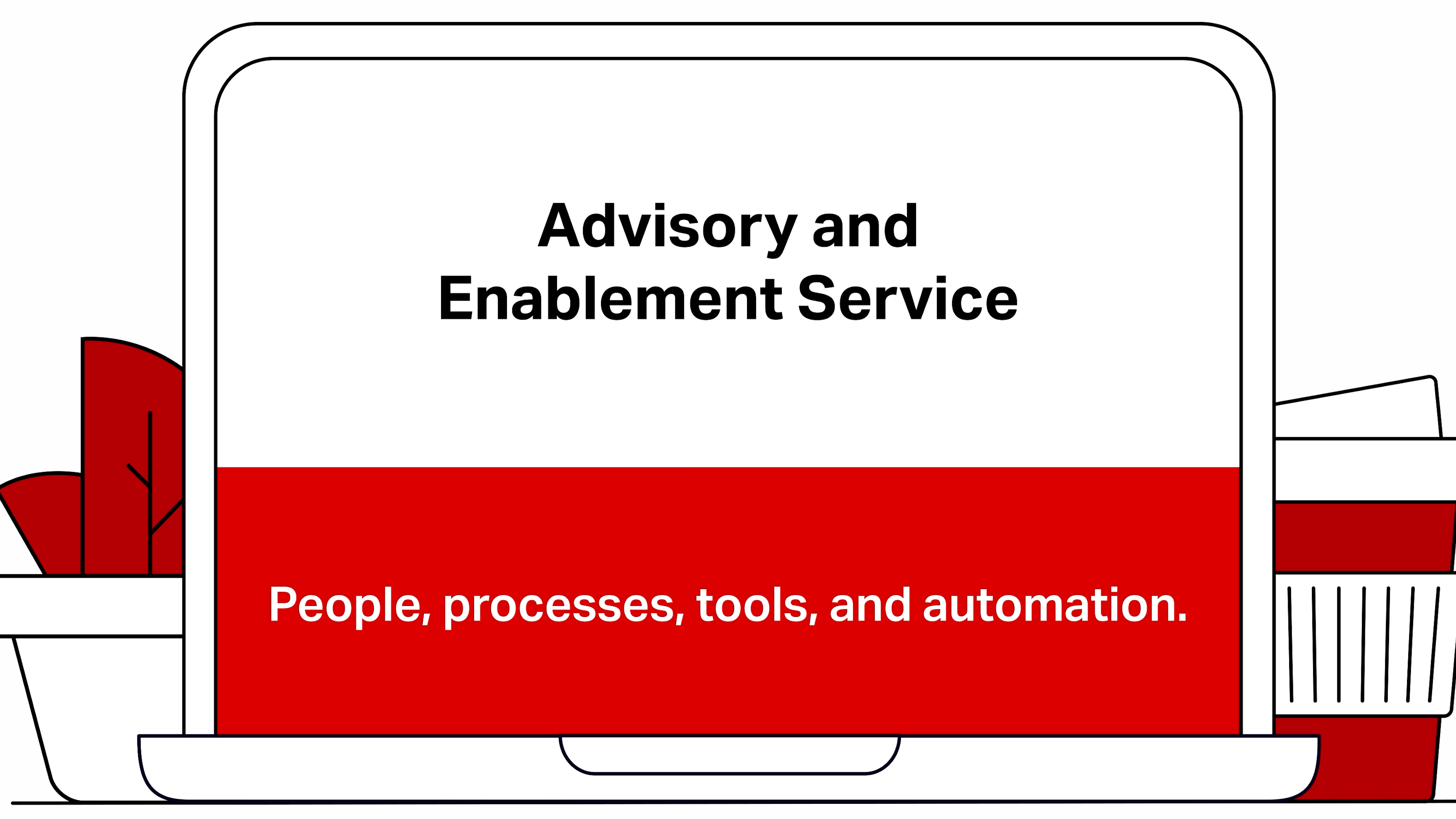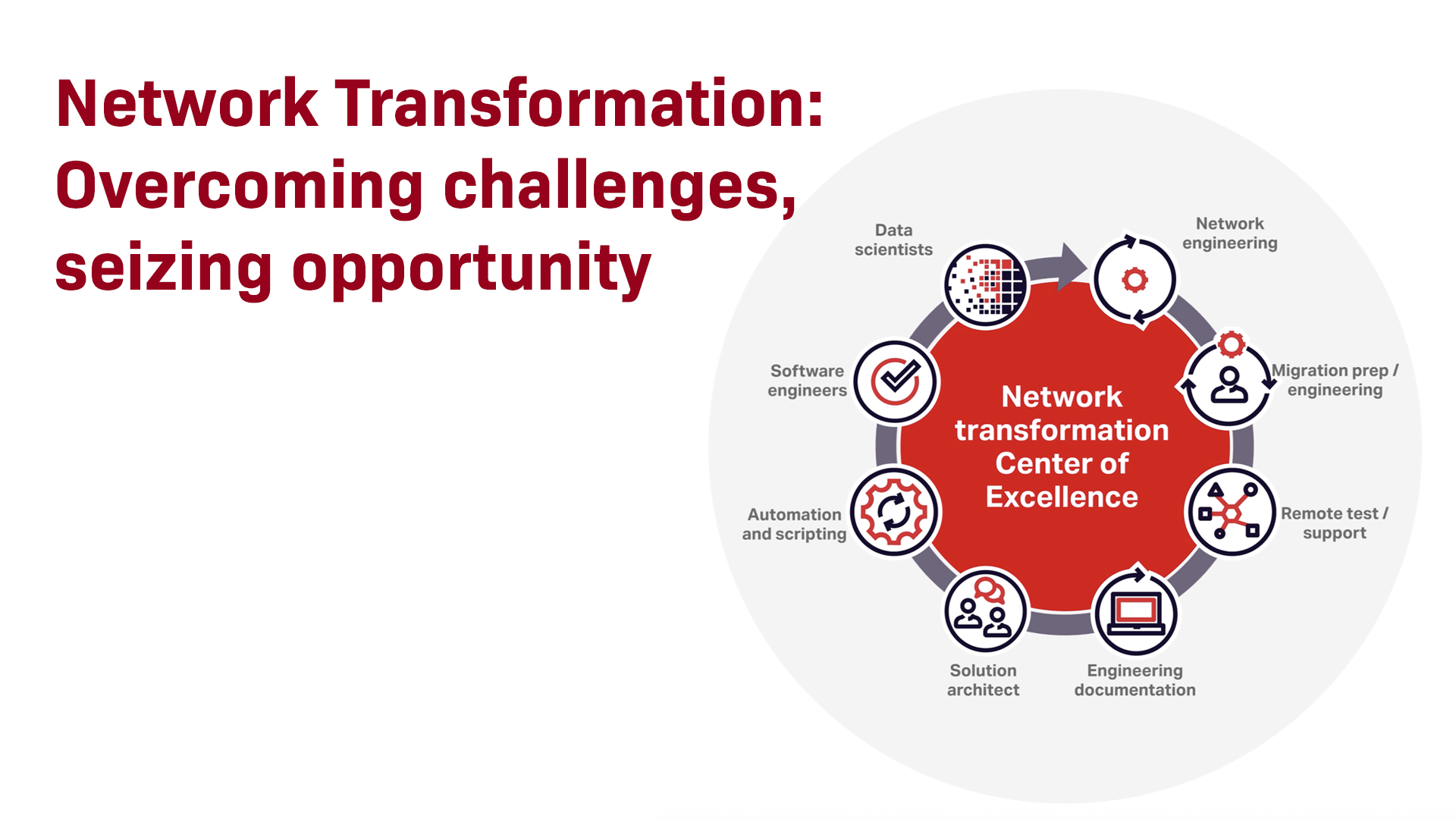Managed Services and the art of making molehills out of mountains
I don’t know about you, but I like things that go fast―cars, motorcycles, sailboats… whatever. And there’s a saying in the go-fast world that the fastest way to make a small fortune with these is to start with a big fortune.
The same idea applies to managed services. It’s natural to think, “How hard can this be? Why should I pay someone? I can do it myself.” And you would be right: You can do it yourself. You just have to find the sweet spot between how much time and money you’re willing to spend, what compromises you’re willing to make, and how much team productivity you’re willing to lose. Piece of cake. 😉
The challenge
As the one responsible for your or your customer’s network, you know that some things you do are designed to directly or indirectly produce revenue; other things cost revenue. Managing the network―necessary as it is―falls on the ‘cost’ side. And it can cost a lot in both money and time: Sourcing, integrating, and testing platforms and tools; hiring and retaining a 24 x 7 x 365 staff familiar with legacy and emerging technologies; keeping them up to date with technical and security certifications and training, as well as regional/country statutory requirements; and developing management and communication processes. You could easily spend millions just to start.
Of course, that doesn’t touch the hidden cost of pulling your talented staff away from strategic revenue-generating projects to handle the in-the-weeds work of keeping everything running optimally. This ongoing management of your network can quickly pile up to become a mountain of effort and resources.
Reframing the discussion
So, if we acknowledge that managing networks is a cost―why not aim for a different sweet spot that minimizes that cost while maximizing your staff’s productivity and assuring that all the boxes are checked to deliver an exceptional customer experience? Why not leverage the expertise, tools and processes, and economies-of-scale of a network operations team that does this as part of its mission? Let’s turn that mountain into a molehill.
What to look for
 To find that sweeter spot, you will want to home in on a few key criteria:
To find that sweeter spot, you will want to home in on a few key criteria:
- Trust. First, look for a managed services provider (MSP) whom you know you can trust. You’re not buying a thing; you’re engaging in a relationship, turning over the care of one of your organization’s most critical assets to a third party. A compelling datasheet, like a nice smile, can be a start but you really should know whom you’re walking down the aisle with.
- Flexibility. Can you fine-tune the service to your needs or is it more one-size-fits-all? For instance, does your team have strong skillsets and tools which you seek to supplement with straightforward network assurance? Are you looking for a fully managed network? Are you launching advanced capabilities for which you would like an experienced teammate? Whatever your requirements, you want your partner to flex with you rather than forcing you to flex with them.
- 360-degree. This means managing the full service-delivery path, from end to end if that best suits your need. (Or, going back to ‘flexibility,’ managing part of that path if that best suits.)
- Multi-vendor. Obviously. Your MSP should be trained and certified on a broad array of OEMs and devices.
- Multi-domain. Do you want to manage the core? The edge and access points? Physical and virtual devices? Your mobile network? Everything?
- Global geodiversity. Ideally, your MSP should manage anywhere you are. And, if your network crosses global regions, their NOCs should have redundancies that enable one NOC to take over for another. If recent events teach us anything, it is that no single place is immune to natural or man-made disruption.
- Processes. Yes, boring details, right? Not so fast. If and when the daily routine suddenly becomes the moment of truth, your MSP needs the best-practice processes (such as ITIL) in place to anticipate and respond in muscle-memory fashion. When you need it isn’t the time to learn.
- Trust. Ending where we began, at the most important point. This is a relationship; work with someone you are confident you can rely on.
Lastly, since managing the network is a cost, competitive pricing is also critical. Just make sure your dance partner meets these other criteria first. And choose wisely.
Summing it up
We started with the idea that―as with go-fast endeavors―managing the network can be an efficient way to consume resources. But there’s another way to look at this mountain-to-molehill proposition: A trusted and skilled MSP can turn a lot of cost and headaches into a productive engagement that benefits you, your stakeholders and, most importantly, your customers.








